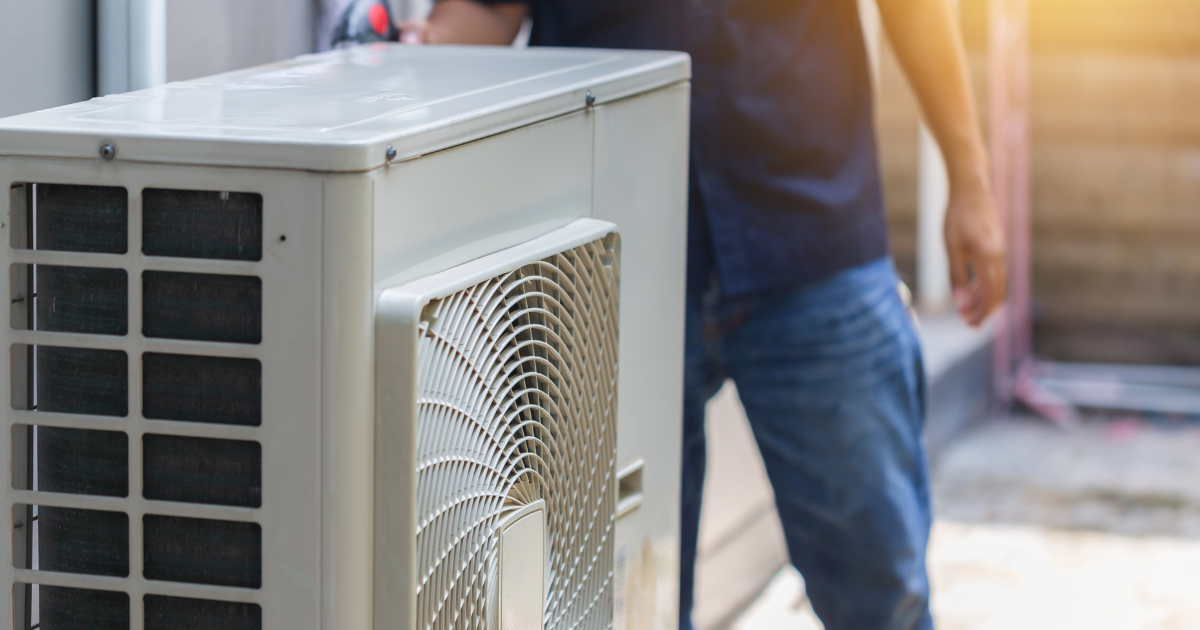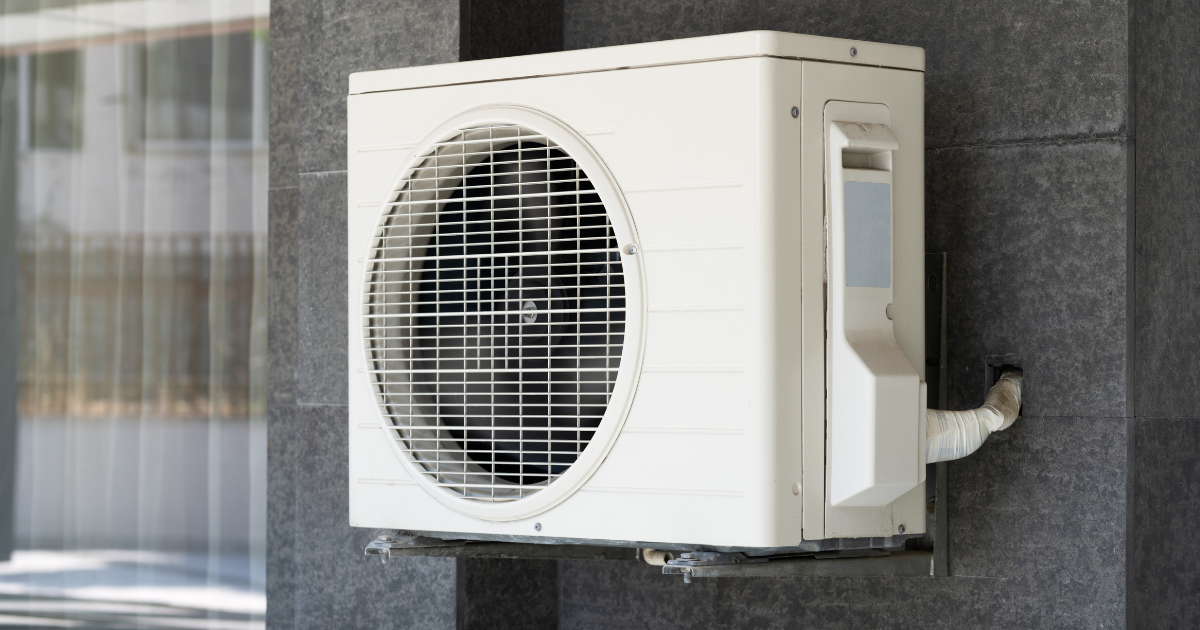How the Indoor Coil and TXV Work
Quicklinks to other articles in this series:
What Are the Indoor Coil and TXV?
The indoor coil is the portion of the air conditioner that absorbs the hot air from inside your home and transfers it to the refrigerant. It pairs with the condenser coil to create a continuous loop of heat transfer.
The TXV, which stands for thermostatic expansion valve, acts as a metering device for air conditioning systems. It regulates the rate at which liquid refrigerant flows into the indoor coil.
Where Are They Located?
An indoor coil will be located inside your home or business. The installation of the indoor coil is in line with the furnace, in a closet or in the attic.
You will likely find the TXV mounted near the indoor coil on the liquid line. Also the sensing bulb is mounted to the outside of the larger suction line.
How Do The Indoor Coil and TXV Work?
The radiator-like device mounted in the airstream is the indoor coil. As warm indoor air passes over the evaporator coil, heat from the home is absorbed into the refrigerant. Likewise moisture is naturally removed from the air . The combination of cooling and dehumidification provides the total cooling effect for the home. In contrast, a heat pump reverses this process. In the winter, heat transfers from the refrigerant into the home or business thru the indoor coil.
Through the liquid line, refrigerant enters the TXV valve at a high pressure. The TXV limits the amount of refrigerant entering the evaporator thus reducing it’s pressure. Along with this pressure drop, the saturation temperature, or “boiling point” of the refrigerant drops as well. This allows a change of state from liquid to gas which is the most efficient time to transfer large amounts of heat from the surrounding air into the refrigerant.
What Makes Them Important?
A well-maintained indoor coil is, along with the outdoor coil, essential to an efficient air conditioning system. Indoor coils that have fallen into disrepair will not be able to transfer heat effectively, causing your home or business to feel less cool. Restricted airflow to the coil can cause the coil to start icing up and even freeze over.
After regulation changes in 2006, most air conditioning systems now require a TXV. It controls the refrigerant flow to create maximum efficiency for the indoor coil. It also prevents excess refrigerant from returning to the compressor and flooding it.
Different Types of Indoor Coils and TXVs
The most common indoor coils in air conditioning systems are divided into three types:
“A” coils, which get their name from the shape they take, are common for vertically aligned air conditioners.
“N” or “W” coils, also named for their shape, work for vertical or horizontally aligned systems. They are smaller than other options.
Slab coils are less common and used for horizontally aligned air conditioning systems.
Similarly, uncased coils are uncommon as well. They easier to build as custom coils for unusual air conditioner designs. A third indoor coil design is the vertical coil, which is suitable for upward and downward air flow.
TXVs come in two major types, internally equalized and externally equalized, which refer to how the TXV senses pressure. Indoor coils with multiple refrigerant circuits typically use an externally equalized TXV.
Maintenance and Repairs
Dirty indoor coils are less efficient, sapping your air conditioner of its efficiency and leading to energy usage up to 30% above average. You can save money and keep cool by checking your air conditioner’s air filter monthly and replacing it as necessary. If you notice that the air filter looks “domed,” this is a sign that the air conditioner is not receiving enough airflow. Replace the filter immediately.
Do not attempt to clean the fins on the indoor coil as they are quite delicate and can bend easily. Instead, call a professional technician who has the right tools and expertise.
A faulty TXV forces an air conditioning system to work harder than necessary, putting stress on other components. Also improper installation of the TXV bulb, such as mounting it to the underside of the indoor coil’s output line, might provide false readings and cause malfunctions.

Bob Jenson
For over 45 years, Bob Jenson has been providing quality heating and air services to the San Diego community.
Request Service
Please fill out the form below to request an estimate or schedule service.
"*" indicates required fields






